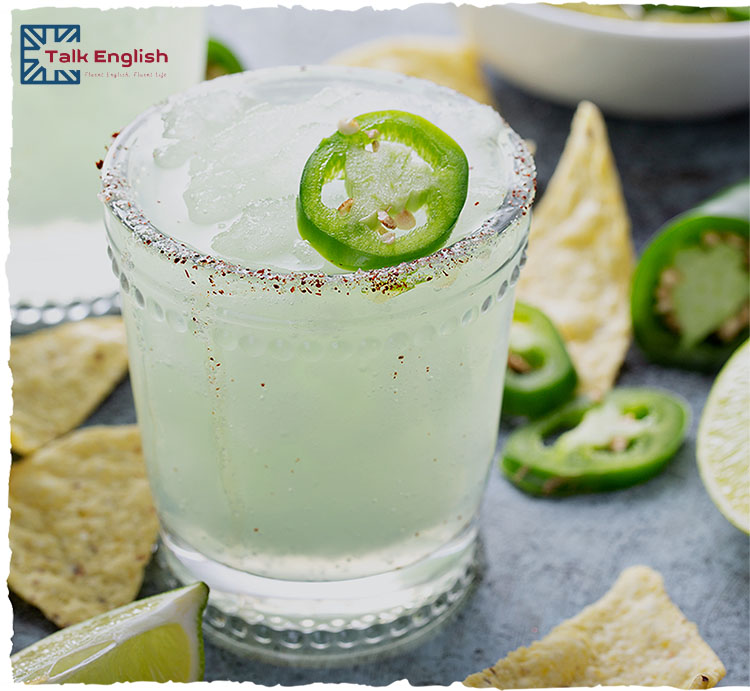Phân biệt thì hiện tại đơn và hiện tại tiếp diễn
Hiện tại đơn và hiện tại tiếp diễn là hai Thì thông dụng trong tiếng Anh. Người học cần biết cách phân biệt hai điểm ngữ pháp này để tránh nhầm lẫn trong quá trình thi cử.
Khái niệm
| Hiện tại đơn(Present Simple Tense) | Hiện tại tiếp diễn(Present Continuous Tense) |
|
Diễn tả 1 hành động xảy ra thường xuyên, lặp đi lặp lại theo quy luật, thói quen. Diễn tả 1 sự thật hiển nhiên, chân lý. Diễn tả 1 lịch trình, thời gian biểu, kế hoạch đã biết trước. (Thì hiện tại đơn mang ý nghĩa tương lai) |
Diễn tả hành động đang xảy ra và kéo dài ở hiện tại. Phàn nàn về 1 hành động nào đó thường xuyên xảy ra. |
Cấu trúc thì hiện tại đơn và hiện tại tiếp diễn
| Hiện tại đơn | Hiện tại tiếp diễn | |
| Khẳng định |
Động từ to be: S + am/is/are + O Động từ thường: S + V(s/es) + O |
S + am/is/are + V_ing + … |
| Phủ định |
Động từ tobe: S + am/is/are not + O Động từ thường: S + do/does not + V-inf + O |
S + am/is/are not + V_ing +… |
| Nghi vấn |
Động từ to be: Am/is/are + S + O? Động từ thường: Do/Does + S + V-inf + O? |
Am/Is/Are + S + V_ing + …? |
Dấu hiệu nhận biết thì hiện tại đơn và hiện tại tiếp diễn
-
Thì hiện tại đơn
- Có các trạng từ chỉ tần suất: always, often, usually, sometimes,
- Các trạng từ chỉ thời gian: every day/ week, month, twice a week, every morning/afternoon/evening,…
-
Thì hiện tại tiếp diễn
- Có các trạng từ chỉ thời gian: now, at present, at the moment, right now, it’s + time + now
Một số quy tắc chia động từ
Quy tắc chia động từ theo ngôi thứ 3 số ít của thì hiện tại đơn
| Các động từ hầu hết thêm “s” | drink → drinks |
| Các động từ tận cùng chứa -s, -sh, -ch, -x và -o thì thêm “-es” | pass → passes wash → washeswatch → watches fix → fixesdo → does go → goes |
|
Đối với các động từ kết thúc bằng phụ âm + y; bỏ đi phần –y và thêm –ies Đối với các động từ kết thúc bằng nguyên âm + y, giữ lại phần –y và thêm –s |
study → studies play → plays |
| Các động từ bất quy tắc | be → is have → has |
Quy tắc hình thành V-ing của thì hiện tại tiếp diễn
| Hầu hết các động từ thêm V-ing bình thường | build → building |
| Những động từ tận cùng “-e” thì bỏ “-e” thêm “-ing” | make → making |
| Những động từ tận cùng bằng “-ie” thì chuyển “-ie” thành “-y” rồi thêm “-ing” | die → dying |
| Nếu động từ kết thúc bằng nguyên âm + một phụ âm, bạn sẽ làm gấp đôi phụ âm cuối và thêm “-ing” vào động từ. | hit → hittingbegin → beginningrun → running |
Exercise 1: Complete the sentences with the present simple or continuous form of the verbs in brackets
| Hello!I’m writing to you from my tent. It’s our annual family summer holiday – and the weather’s terrible! Right now, it ___________ (1)(rain) and the wind ___________(2) (blow). It feels like winter. What’s the weather like with you today?We ____________ (3) (stay) in a field near the mountains. We ________ (4) (come) here every year. I __________ (5) (not know) why I really _______ (6) (not like) camping. My things always __________ (7) (get) wet and dirty. I _________ (8) (want) to stay in a big hotel by the sea in a hot country!What about you? _________ (9) (you / like) camping? |
Exercise 2: Complete the sentences with the present simple or present continuous form of the verbs in brackets
e.g. We usually have lunch in the kitchen, but today we’re having it on the balcony. (have)
1. She is ___________ jeans today. She usually _________ a skirt to work. (wear)
2. They usually ___________ about films and music, but they ___________ about sport at the moment. (talk)
3. They ___________ online at the moment, but they ___________ usually on the phone. (chat)
4. My sister always ____________ Friends on TV. Today she’s ill, so she __________ it in bed. (watch)
5. I __________ an email to my cousin right now. I never ___________ letters to her. (write)
6. Charlie usually ______________ happy at the weekend, but this weekend he __________ stressed. (feel)
Exercise 3: Match 1-6 with a-f. Then write sentences using the present simple or present continuous form of the verbs in brackets
1. Chris is using your computer. e
He often surfs the net on it.
2. Cathy isn’t eating breakfast. ___
_________________________
3. What’s that terrible noise? ___
________________________
4. My brother’s doing voluntary work today. ___
___________________________________
5. Look at Andy in this photo. ___
________________________
6. Why are you talking to yourself? ___
____________________________
a. I __________(not talk) to myself. I ________(practise) for the school play.
b. She __________(not eat) in the morning.
c. He often __________(help) Green Planet to clean the beach.
d. He _________(stand) on his head!
e. He often _________(surf) the net on it.
f. It’s my little sister. She _________(sing) in the shower.
Answer:
Exercise 1:
1. is raining
2. is blowing
3. are staying
4. come
5. don’t know
6. don’t like
7. get
8. want
9. Do you like
Exercise 2:
1. is/’s wearing; wears
2. talk; are/’re talking
3. are/’re chatting; chat
4. watches; is/’s watching
5. am/’m writing; write
6. feels; is/’s feeling
Exercise 3:
1. 1e He often surfs the net on it.
2. 2b She doesn’t eat in the morning.
3. 3f It’s my little sister. She’s singing in the shower.
4. 4c He often helps Green Planet to clean the beach.
5. 5d He’s standing on his head!
6. 6a I’m not talking to myself. I’m practicing for the school play.
TIN TỨC LIÊN QUAN
10 Cách Nói Giúp Bạn Kết Nối Tốt Hơn Trong Giao Tiếp Tiếng Anh
Khi muốn đồng ý với ai đó bằng tiếng Anh, bạn có thể dùng những cách đơn giản như: “Me too.”, “I think so, too.” ...
Hướng Dẫn Toàn Diện Về Cụm Động Từ (Phrasal Verbs) Trong Tiếng Anh
Phrasal verbs là sự kết hợp giữa động từ cơ bản (như make, look, get, put, come...) và giới từ hoặc trạng từ (như up, ov...
Bottoms Up! – Từ vựng tiếng Anh chủ đề “Uống rượu bia”
Từ rượu vang, bia cho đến sake hay whiskey – uống đồ có cồn là một phần trong văn hóa của nhiều quốc gia trên thế gi...



